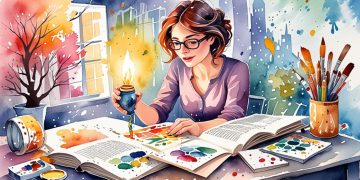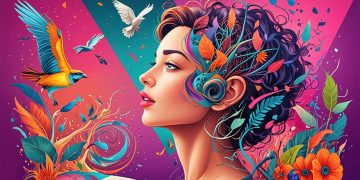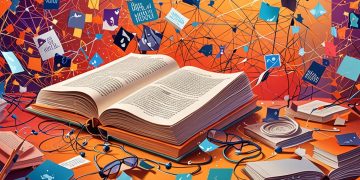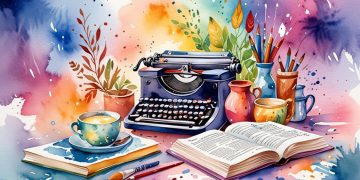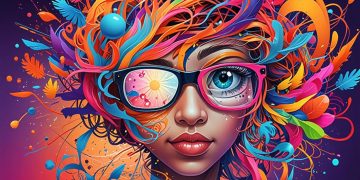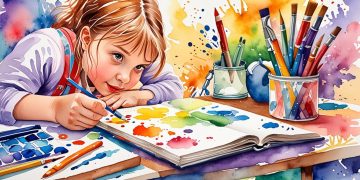Contemporary poetry reflects diverse voices and styles, evolving with societal changes and digital influences. Embracing confessional, spoken word, and visual forms, poets explore identity, belonging, and social justice, creating a rich tapestry that invites readers to engage with pressing global issues and the complexities of the human experience.

